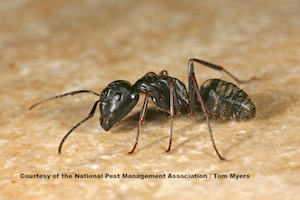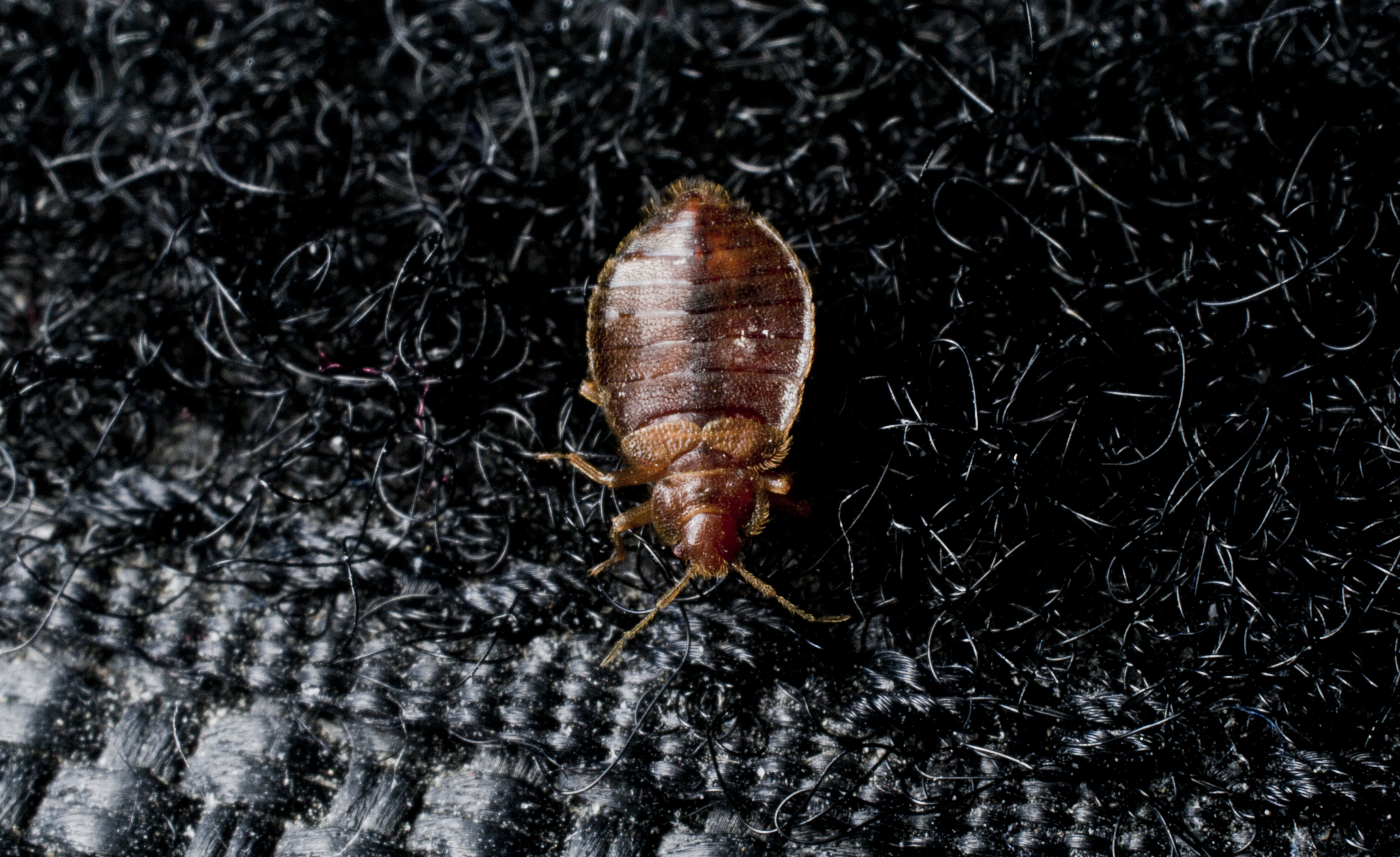Allergies & Asthma
While we tend to associate allergies and asthma with the outdoors, common household pests such as cockroaches, dust mites and rodents are also major triggers, especially in children. Cockroach saliva, droppings and decomposing body parts, for example, contain allergens that can exacerbate the symptoms of asthma and allergy sufferers.
According to the Asthma and Allergy Foundation of America (AAFA), 78 to 98 percent of American urban homes have some level of cockroach presence, and 97 percent of allergists surveyed think a pest-free home is an essential key to prevent asthma and allergy symptoms.
Symptoms:
Allergy symptoms include itchy eyes, runny nose, sneezing, coughing, wheezing or shortness of breath and range from minor to severe. Asthma symptoms include coughing (especially at night), wheezing, chest tightness or pressure and shortness of breath. During serious asthma attacks, "air hunger" and chest tightness can be severe and sometimes life-threatening, requiring medical attention and hospitalization.
Treatment:
The prevention of indoor asthma and allergy triggers is key. It's important for a person suffering from indoor allergies and asthma to contact a doctor, as well as a licensed pest control professional to help prevent or remove pest triggers in the home.
Prevention:
In order to keep pests capable of triggering allergic reactions out of the home and remove other allergens, follow these tips:
- Vacuum often to eliminate pest allergens
- Dispose of garbage regularly
- Launder linens frequently in hot water
- Keep food in sealed containers to prevent contamination
- Properly ventilate basements and crawl spaces to eliminate harborage points
- Seal cracks, holes and space around utility pipes that lead into the home

Learn About Ants
Ants are a common pest homeowners struggle to eradicate. Learn more about them!

Bed Bug Pest Guide
Traveling this summer? Be sure to keep an eye out for bed bugs! Use our Pest Guide to help identify this pest.

NPMA's What Grows There? Project
Check out NPMA's What Grows There? project to learn how pests, such as flies, cockroaches and rodents, can spread germs throughout a home.
Find a PEST PRO in your area

Learn About Ants
Ants are a common pest homeowners struggle to eradicate. Learn more about them!

Bed Bug Pest Guide
Traveling this summer? Be sure to keep an eye out for bed bugs! Use our Pest Guide to help identify this pest.

NPMA's What Grows There? Project
Check out NPMA's What Grows There? project to learn how pests, such as flies, cockroaches and rodents, can spread germs throughout a home.
